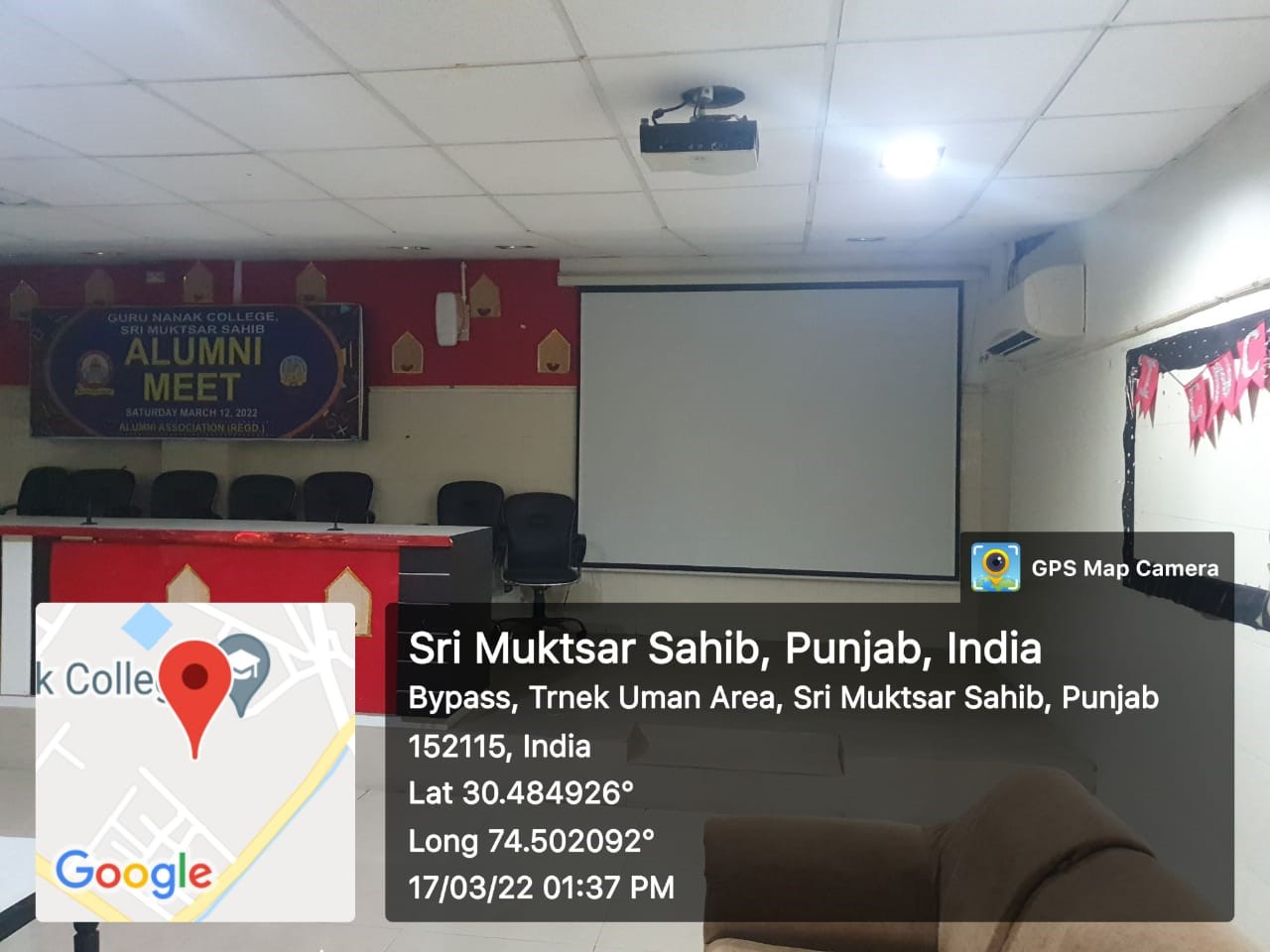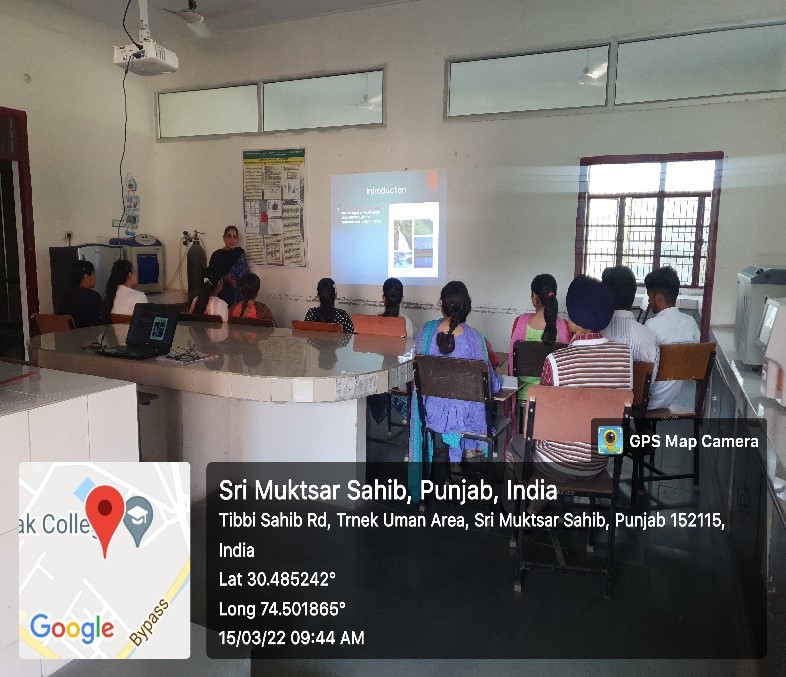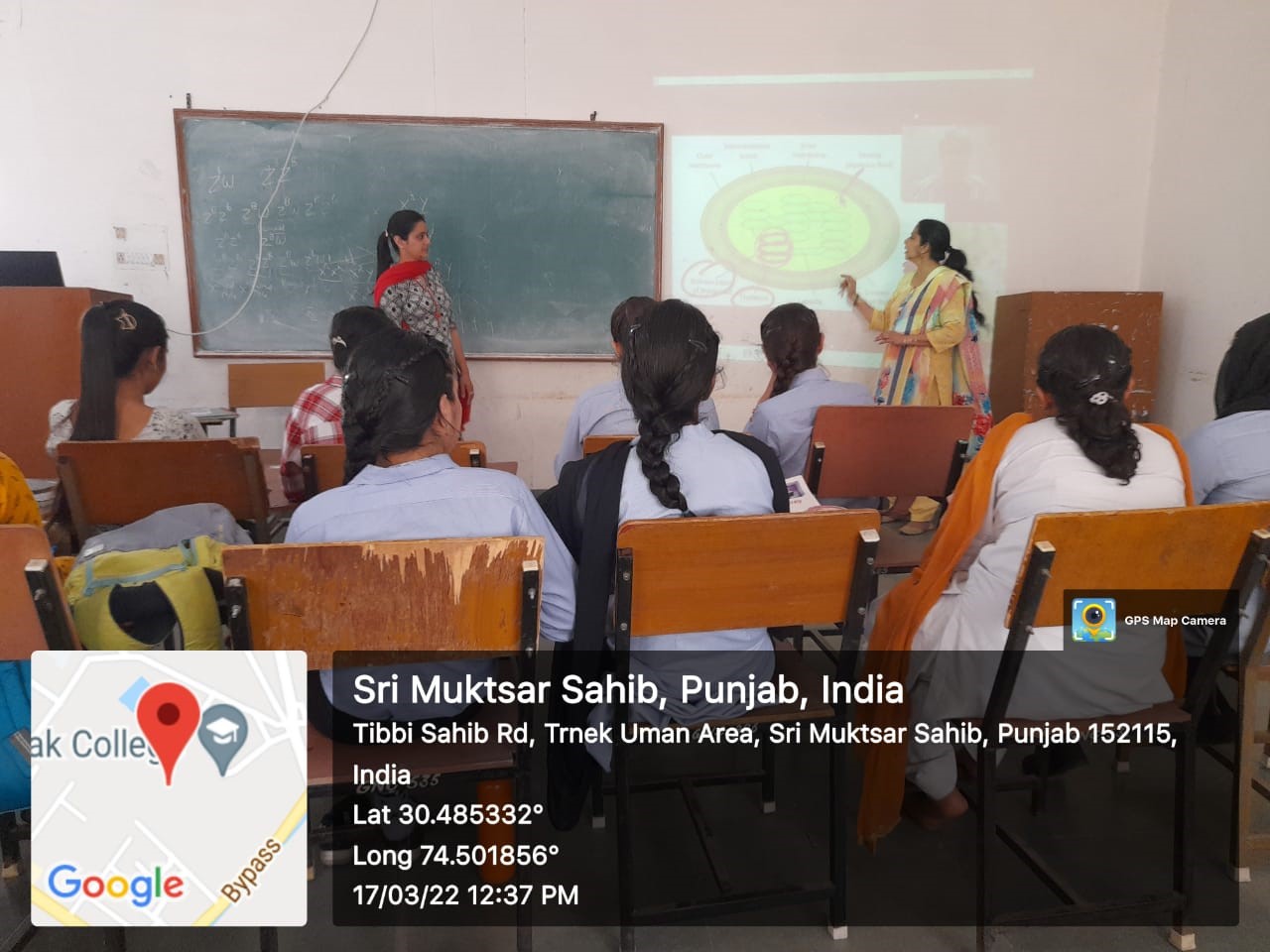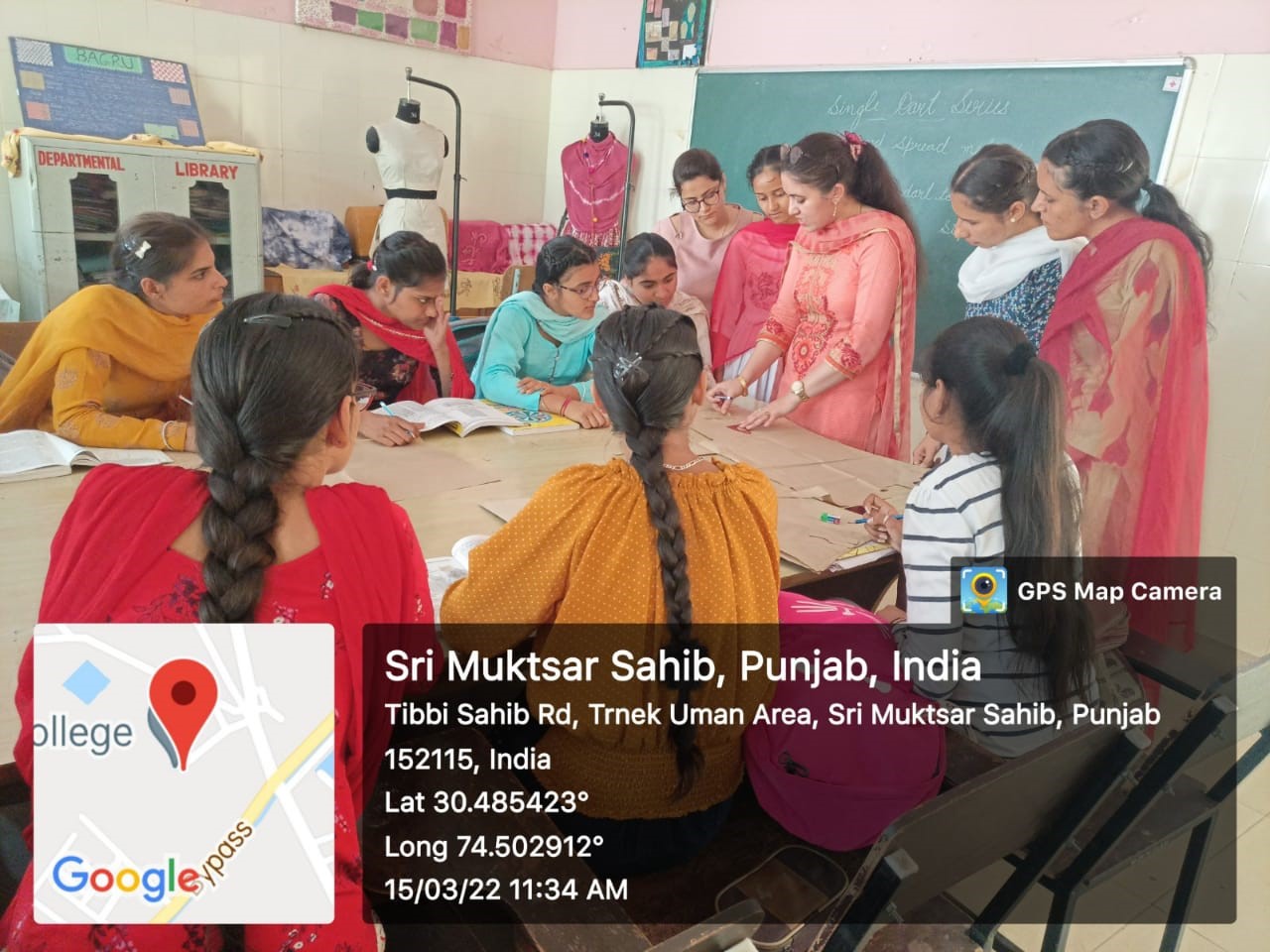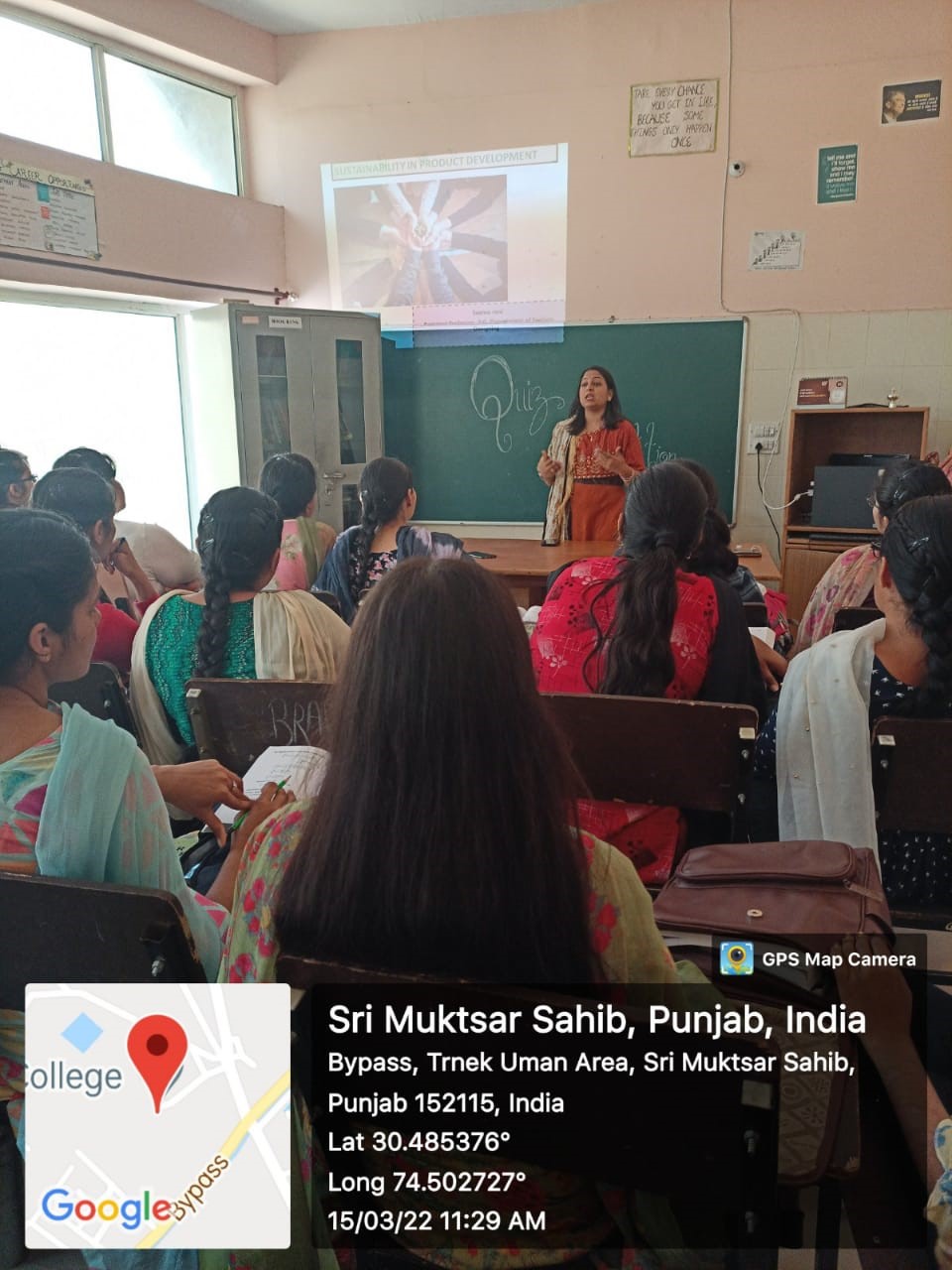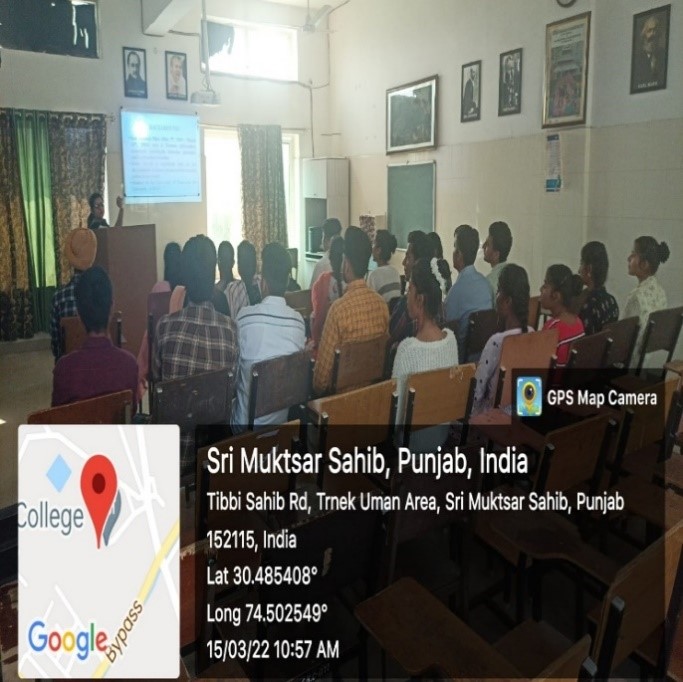About Us
The mission of the committee is to encourage the use of ICT facilities for central information, communication, teaching-learning process and e-governance in line with IQAC. The committee is committed to augment, upgrade and monitor infrastructure and services for academic and administrative purposes. The purpose of the cell is to make competent and confident users of ICT who can make efficient, effective and creative use of technology in their routine activities to keep in pace with ever-changing advanced technology.
We are with our students through

Virtual Classes

Google Classroom

Google Meet

WhatsApp group

Classroom with ICT Facilities
Objectives:
- To make teachers and students more familiar with multimedia tools and techniques for a more effective and interactive teaching-learning process by organizing workshops and seminars for the stakeholders.
- To promote the development of e-content in form of recorded lectures, soft copies of topics and PowerPoint presentations etc. by faculty for easy access to the college students at the time of need.
- To motivate staff and students for use of paper free mode for submission of documents, assignments, project works, reports etc. through emails, Google classroom and applications.
- To provide easy access to computer facilities with high-speed internet connection for teachers and students by setting an adequate number of browsing centres on campus with backup facilities.
- To give access to a variety of e-learning resources in the library.
- To allocate considerable funds from the college budget for expansion, maintenance and replenishment of ICT infrastructure and facilities including developing smart classrooms, overhead projectors in classrooms, software up-gradation etc.
- To make use of multiple communication channels-e-mail, chat, forum, blogs, social sites like Facebook, Whatsup, Instagram etc. for immediate communication of information.
- To promote the use of ERP software among teaching, nonteaching faculty and students of the institute to manage the task linked with administrative purpose, admission, evaluation record, student feedback etc.
- To promote adequacy and optimal use of ICT facilities available in the campus.
Team Members

Mrs. Amanpreet Kaur
(ICT Coordinator)

Dr. Sunil Kumar
(Member of ICT)

Mrs. Arti Sharma
(Member of ICT)

Mrs. Monika Juneja
(Member of ICT)
Reports
Glimpses of ICT
While technology can play an important role in restructuring teaching and learning practices, teachers must take a leading role in designing appropriate learning environments that effectively incorporate technology to help their students learn well with technology. Computer technology, as tools, could empower students with thinking and learning skills, and help students interact with complex materials.
Need of ICT cell
To develop the ICT culture on the campus.
Education is a lifelong process, therefore anytime, anywhere access to it is the need of our education system.
Education should meet the needs of a variety of learners and therefore information technology becomes essential to fulfill this need.
ICT is required to increase access and bring down the long-term investment on education in order to meet the challenges of poverty.
Significance of ICT Cell
The pace of change brought about by new technologies has had a significant effect on the way people live, work, and play worldwide.
New and emerging technologies challenge the traditional process of teaching and learning, and the way education is managed.
I.T. while an important area of study in its own right, is having a major impact across all curriculum areas.
HOW Guru Nanak College for Girls Incorporate ICT With Education
GNC is not just implementing ICT in its Teaching-Learning process but is also motivating its Student-Teachers to follow its suit. Following activities are conducted to facilitate ICT in Education:
- Online Test
- Online Faculty Feedback
- Online Student Feedback
- Social Media Connect and Handles
- Hands-on Office Tools
- IT facilities using Wi-fi Campus
- ICT for Research
- ICT for Teacher’s Growth and Development
- Submission of assignment through e-mails
- Developing Audio-Visual Teaching Aids
- Developing e-Learning Resources
- Teaching and Learning using latest technology
- E-governance
- Accessing e-Libraries and e-Resources
- Understanding the ethics of ICT
Importance of ICT Cell
- Access to a variety of learning resources
- Immediacy to information
- Anytime and Anywhere learning
- Collaborative learning
- A multimedia approach to education
- Authentic and up-to-date information
- Access to online libraries
- Interactive teaching-learning process
- Distance education
- Access to the source of information
- Multiple communication channels-e-mail, chat, forum, blogs, etc.
- Access to open courseware
- Better access to children with disabilities
















